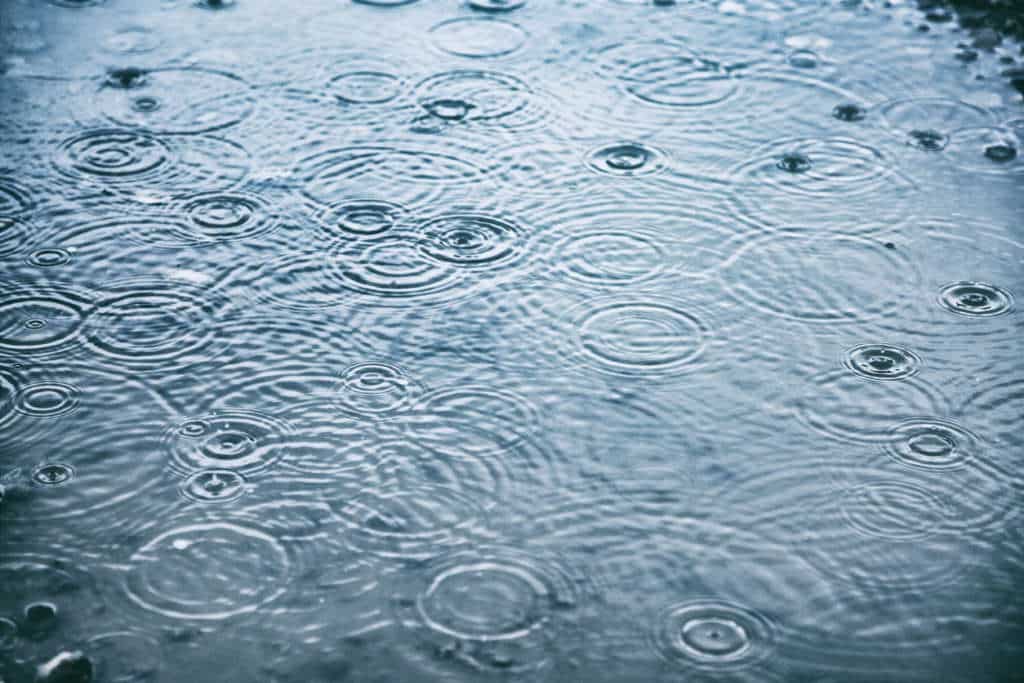
Rainwater harvesting systems provide non-potable stormwater containment, which can be used for irrigation, washing cars, flushing toilets, washing clothes, and pressure washing— and it can also be purified to use as drinking water. Curious about how they work? We’re here to breakdown everything you need to know!
The Mechanics of a Rainwater Recovery Pumping System
When these systems are designed, they are made to match you and your home’s needs. At Easterday-Wilson, our water experts install custom, cast-in-place concrete underground storage tanks that can range from 500 to 600,000 gallons. Depending on the size of your home and family, this is how we’ll determine what direction we want to go in.
Not only that, but we install booster pumps to create pressure for irrigation and other non-potable purposes, including:
- Laundry
- Washing cars
- Pressure washing the house
- Indoor plumbing (flushing toilets, etc.)
If needed, we can supplement your rainwater harvesting system with well water, providing sustainability during times of drought.
Why Rainwater Recovery Pumping Systems Are Beneficial
This environmentally conscious and cost-effective way of collecting water supply has many more benefits, including:
- Efficient use of free, pure water
- Saves money on utilities
- Reduces the effects of erosion and runoff
- No pollutants, contaminants, or sediment
- Prolongs the life of your water-dependent appliances and equipment
- Boosts the value of your home or property
Are you interested in investing in one?
Rainwater Recover Pumping Systems in Mount Airy, MD
Easterday-Wilson has the knowledge and experience to help you plan for hundreds of rainy days when you decide the time is right to invest in a rainwater collection system. From guidance to installation and maintenance, we’ve got you covered.

